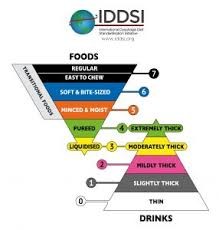Submitted by San Marcos Nursing & Rehab, San Marcos, TX
By now, many of us are aware of the benefits of using Heart Rate Variability Training (HRVT) with our patients: improved resilience, improved function, reduction in pain and increased therapeutic activity tolerance. At San Marcos Rehab, we have begun to integrate HRVT with a COPD protocol developed by Michele Scribner, SLP, at our affiliate Northeast Nursing and Rehab in San Antonio, Texas, which was based on the work of Jocelyn Alexander. We have seen some truly excellent outcomes as a result.
COPD patients often present with increased anxiety during completion of daily functional tasks and social interactions due to difficulty breathing. This labored breathing often results in increased blood pressure, coughing, fatigue and loss of appetite. This barrage of symptoms in COPD patients is often advanced enough that social isolation becomes a risk due to voice deficits and insufficient respiratory support for communication needs.
In the past, our focus for COPD patients was on compensatory breathing techniques, including pursed-lip breathing, diaphragmatic breathing, deep breathing and the huff-cough technique, followed by stretching/strengthening training. This protocol achieved positive results, with many patients decreasing the volume of supplemental O2 and some patients being completely weaned off supplemental O2. Additionally, many patients were able to incorporate the breathing techniques into their day-to-day routines, but some reported that the techniques “didn’t work” if they became short-of-breath and that it caused a spike in their anxiety, leading to rapid, shallow breathing and spiraling anxiety. To combat these spikes that sometimes occur, we incorporated HRVT in conjunction with the breathing techniques training, and this has led to improved overall outcomes.
Allowing the patient to be more centered and heart-engaged, while focusing on positive feelings, creates coherence.
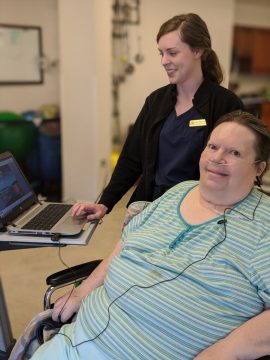
Trained breathing techniques provided our patients with the tools necessary to short-circuit their anxiety when they started feeling short-of-breath. We typically have the patients use the pursed-lip and diaphragmatic breathing techniques during HRVT sessions. Meanwhile, we’ve found that the deep breathing with the hold technique and huff-cough technique actually interrupt attempts at achieving coherence.
Patients who have worked with our speech therapy team learning both HRVT and the COPD techniques report significantly decreased anxiety, improved communication abilities and increased activity tolerance upon discharge. Many have reported that they were independently able to use the techniques to control their anxiety when a SOB episode occurred. We even had a patient come back to visit our team so that she could show us that she taught her husband with COPD the techniques!
If you are currently using HRVT in your facility, I highly recommend incorporating this protocol into treatment regimens with your COPD residents.


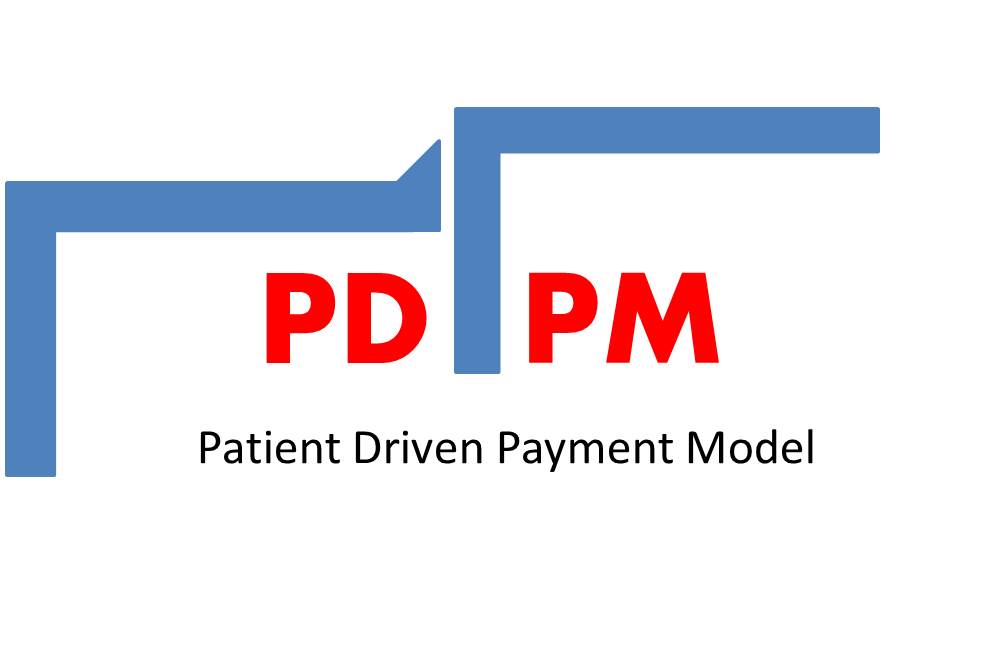
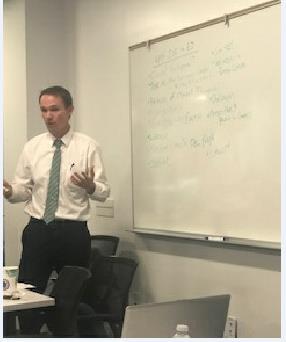
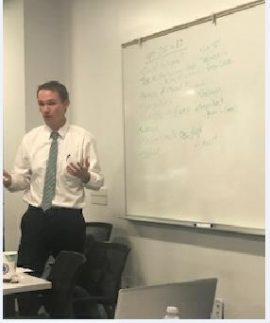 Model (PDPM), where patient clinical characteristics drive the reimbursement and functional outcomes determine success.
Model (PDPM), where patient clinical characteristics drive the reimbursement and functional outcomes determine success. According to a study out of the University of California, San Diego, the answer is no, and yes. How can that be, you ask? Keep reading to get the details and the findings of the study: A pilot randomized study of gratitude journaling intervention on HRV and inflammatory biomarkers in Stage B heart failure patients.
According to a study out of the University of California, San Diego, the answer is no, and yes. How can that be, you ask? Keep reading to get the details and the findings of the study: A pilot randomized study of gratitude journaling intervention on HRV and inflammatory biomarkers in Stage B heart failure patients.
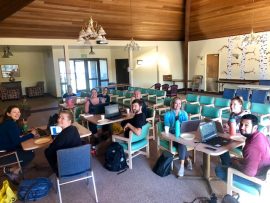 The ENDURA Market in Colorado gathered 10 of their physical and occupational therapists to complete their LSVT BIG live training together at the Villas at Sunny Acres. The group spent a full day going through treatment and practice of the evidence-based neurologic patterns and movements for the treatment of symptoms associated with Parkinson’s disease.
The ENDURA Market in Colorado gathered 10 of their physical and occupational therapists to complete their LSVT BIG live training together at the Villas at Sunny Acres. The group spent a full day going through treatment and practice of the evidence-based neurologic patterns and movements for the treatment of symptoms associated with Parkinson’s disease.